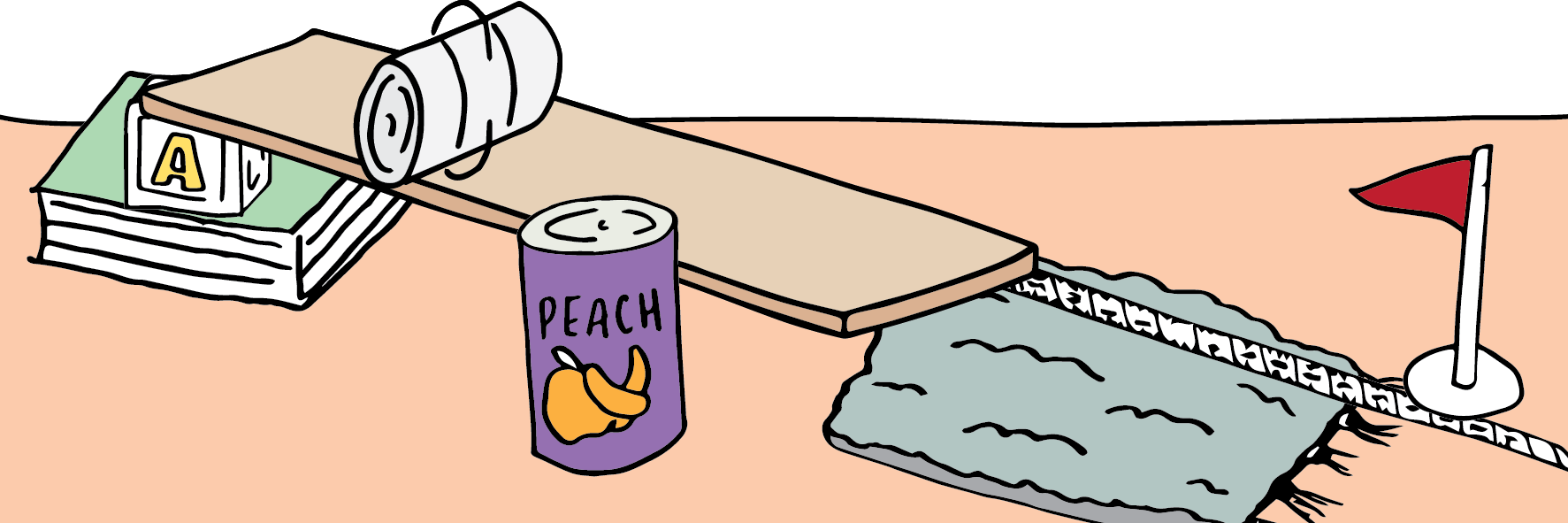Access keys for nzta.govt.nz
- h Home
- m Menu
- 0 Show list of access keys
- 2 Skip to content
- 3 Skip to top

Students are challenged to use friction to control distance travelled, before talking through their findings.
Activity A5: Gravity and friction finale [PDF, 288 KB]
This summative task allows the teacher to evaluate each child’s learning from the prior activities. Try it yourself first to ensure you set an achievable challenge. The height and length of the ramp will be crucial.
The challenge involves groups using all their previous experience in order to roll a can down a ramp and have it stop as close as possible to a mark you set on the ground. It might be 1.5-3m from the end of the ramp, depending on your ramps.
The challenge could involve all groups working towards the same goal (mark on the floor) or you could set a slightly different distance for each group so all the solutions will be different and require different materials to achieve.
The students also need to do a verbal presentation prior to demonstrating their method. They will link their thinking and development of this solution to evidence from their previous activities. This shows they can apply knowledge to solve a problem. There is scope for them to extend this explanation to include other evidence from life around them.
Observations about how well the students achieved the learning outcomes need to be made by the teacher throughout this challenge as well as during the final presentation.
Sometimes it's helpful to scaffold student learning when they answer a big question or challenge. Scaffolding can help them to base their solution on evidence. For example, you may suggest they list activities or trials done previously and make meaning from each one. This may be helpful for the whole class or a particular group.
Investigating in Science – ask questions, find evidence, explore simple models and carry out appropriate investigations to develop simple explanations (Level 3-4).
NZ Curriculum | Science achievement objectives(external link)
Gather and interpret data, use evidence.
The five science capabilities (TKI - Science online)(external link)
Physical World. Explore, describe and represent patterns and trends for everyday examples of physical phenomena, such as movement, forces (Levels 3-4).
Gravity is a force which acts to pull objects.
Friction is a force between objects when they move over one another. It can be both useful and a problem.
The students can...